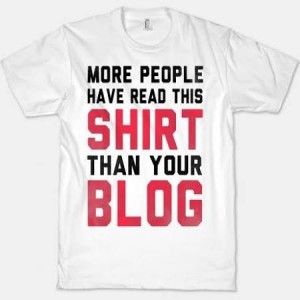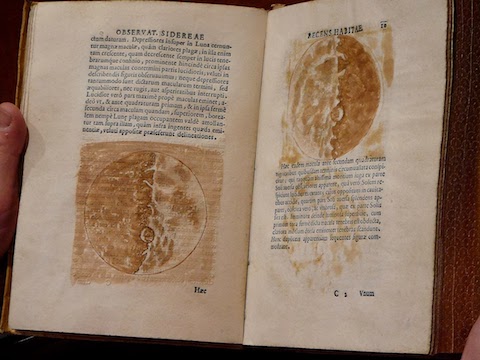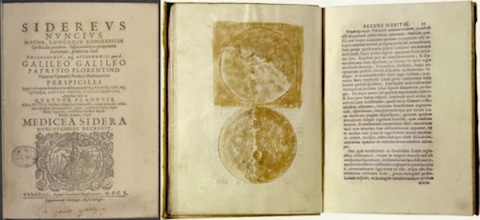Most academics will know that papers are produced and not read. The whole academic publishing system is geared to the production, and not the consumption, of text. The off-the-cuff sad joke used to be that only 8 people would ever read your work (and that included the reviewers and your mother). But it’s actually sadder than that. Lokman I Meho begins The Rise and Rise of Citation Analysis with the chilling words:
It is a sobering fact that some 90% of papers that have been published in academic journals are never cited. Indeed, as many as 50% of papers are never read by anyone other than their authors, referees and journal editors.
Hours of intense labor and scientific rigor to produce a text that nobody reads. It’s disheartening. This sad labor is not limited to academic work, there are unfortunately many fields were the output is of little or no consequence and has no impact on its surroundings. But this is a sad comfort for academia.
Academic work is naturally limited and focused. If you want thousands of readers you are in the wrong job. Be happy that you are read and cited. If most articles are never read or cited then the fact that you are cited should be valued much more than it is. Also what about the cases where something is said in passing on social media? Shouldn’t that count for something? Probably not. How would a tenure committee value a tweet?
The real issue is that most articles that are produced are happily dumped into closed information silos. Academics are all too happy to sign away the rights to their articles to the publishers who promptly lock them away – in order to profit by steadily increasing the prices (serials crisis) they charge libraries to subscribe to the journals the academics need in order to publish more articles. The motivation for academics to participate in this system is that our careers are built on publishing in the “right” journals.
 In order to change this system the ways in which academic careers are determined need to be re-appraised. The production of knowledge and publication are important for science but this cannot mean that this production must be in the “right” journal. The appraisal of the scientific contribution cannot be tied to the brand name of a specific journal but must be about the article content.
In order to change this system the ways in which academic careers are determined need to be re-appraised. The production of knowledge and publication are important for science but this cannot mean that this production must be in the “right” journal. The appraisal of the scientific contribution cannot be tied to the brand name of a specific journal but must be about the article content.
In the meantime we must be more wary about handing away our rights, more careful to ensure that we can use and re-use our own texts. This requires strong academics and strong universities in order to stand up to the strong publishers. We must not let things like this happen:
Academic publisher Elsevier has been targeting open access websites and universities that are posting their own academic articles online with takedown notices for copyright infringement. (Wired Magazine, December 17, 2013)
Finally, by maintaining the rights to our own articles and by ensuring they are available to readers outside the academic sphere the knowledge in the articles can be spread beyond the narrow confines of the closed information silos. The knowledge in the articles might be read by more people and maybe, maybe, maybe be cited.




